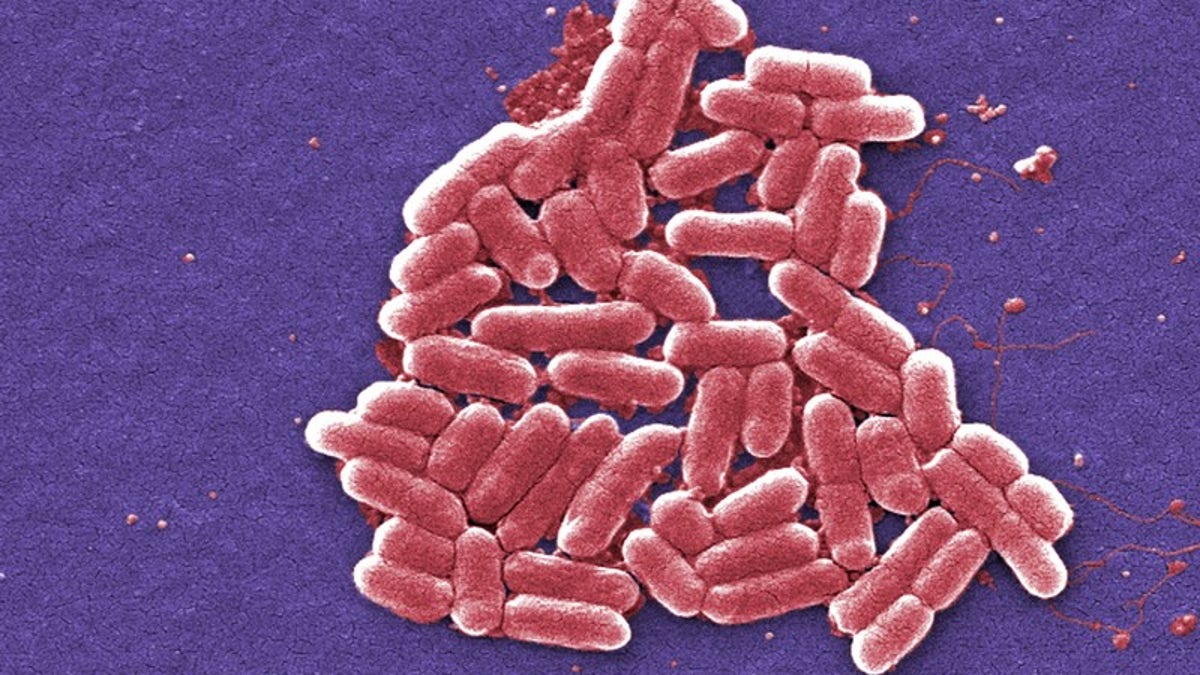
10068 (Copyright Reuters 2016)
Most of us know that a bacteria is a single cell microbe containing a loop of genetic material and surrounded by a cell wall. But what is a fungus?
Fungi are neither plant nor animal and they feed on organic matter and make spores to reproduce. They include mushrooms, toadstools, molds, and yeast. There are over 1,500 species of single-celled fungi called yeast. Candida are yeast that can cause disease.
That brings me to the new scary superbug called Candida Auris – a form of hearty yeast first described in 2009 that has been sickening, at times even killing, patients with weak immune systems around the U.S. and across Asia, South Africa, and South America.
'SUPERBUG' GERMS FOUND ALL OVER HOSPITAL PATIENTS' HANDS: STUDY
It frightens a lot more than it kills, but it is spreading quickly and it must be taken seriously.
It has, in fact, now reached New York, New Jersey and Illinois, leading the CDC to add it to its list of urgent threats.
There are several things that concern me about Candida Auris.
The first is that it has a high level of resistance to standard anti-fungal treatments. Thankfully, most Candida Auris appear to be treatable by the newest anti-fungals known as echinocandins. Yet at least 90 percent of the strains have resistance to at least one anti-fungal drug – which is why it is a good thing that several new kinds of treatments are in the drug pipeline and should be out over the next few years.
My second concern is how pervasive it is. Candida Auris has thus far sickened more than 600 Americans, causing wound, blood, and ear infections. It has also been found in patients’ lungs, urine, as well as on the skin. The most common symptoms for it are fever and chills, and more than one in three patients with this life threatening infection die.
Third, and in my mind most important, we need full disclosure of where this superbug is and who is getting sick from it.
Why? Candida Auris spreads more easily between people than other species of Candida, and it can survive on surfaces even after cleaning. Places like hospitals and nursing homes are ideal breeding grounds. It can also live on intravenous lines and respirators. And once it is found it is very difficult to get rid of without, say, completely dismantling a room and heavily disinfecting it.
My third concern is how poorly we are handling the problem of emerging infections and resistant organisms. There is some evidence that this deadly resistant fungus became more prominent with the overuse of fungicides in crops. There is also evidence that it has been allowed to spread among nursing homes and hospitals in part due to secrecy and a lack of full disclosure.
The CDC in fact has agreements with state and local health departments – for reasons that I understand but completely do not agree with – not to spread specific information about which hospitals and facilities and which patients are infected with a superbug like Candida Auris. Confidentiality in return for the facilities agreeing to share the information, it would appear.
So what do we do about this?
First, as we wait for a new group of anti-fungal drugs to emerge, we must be more judicious both in our use of anti-fungal drugs in people and fungicides in agriculture.
Second, we must do a better job disinfecting our hospitals and nursing homes.
Third, and in my mind most important, we need full disclosure of where this superbug is and who is getting sick from it.
CLICK HERE TO GET THE FOX NEWS APP
I understand the concern about a hospital or nursing home feeling targeted. I realize that some facilities take care of sicker patients than others and will be more prone to this bug. I realize business may suffer. But the health of our patients comes first.
We need full transparency in order to control and contain this emerging health threat.
